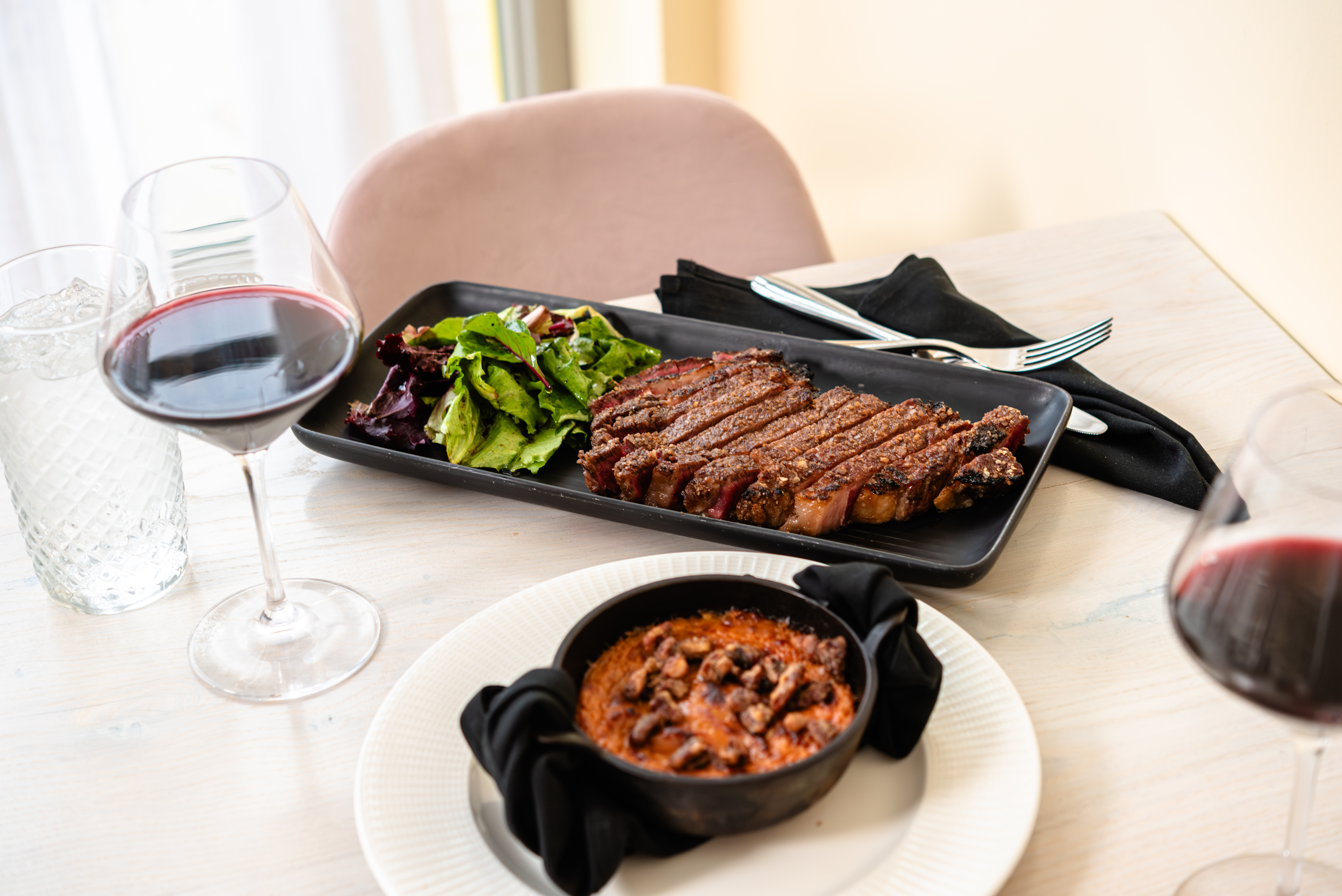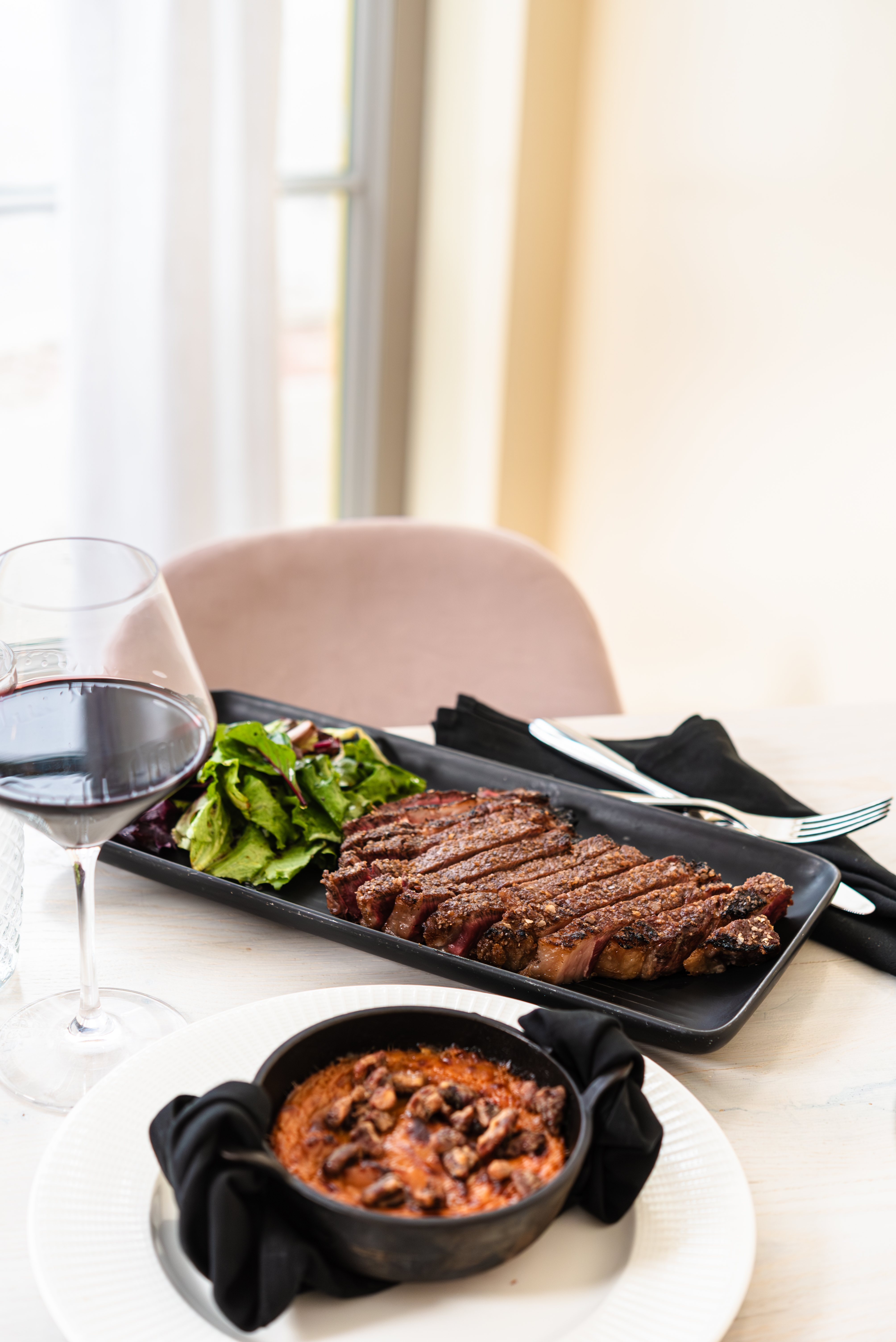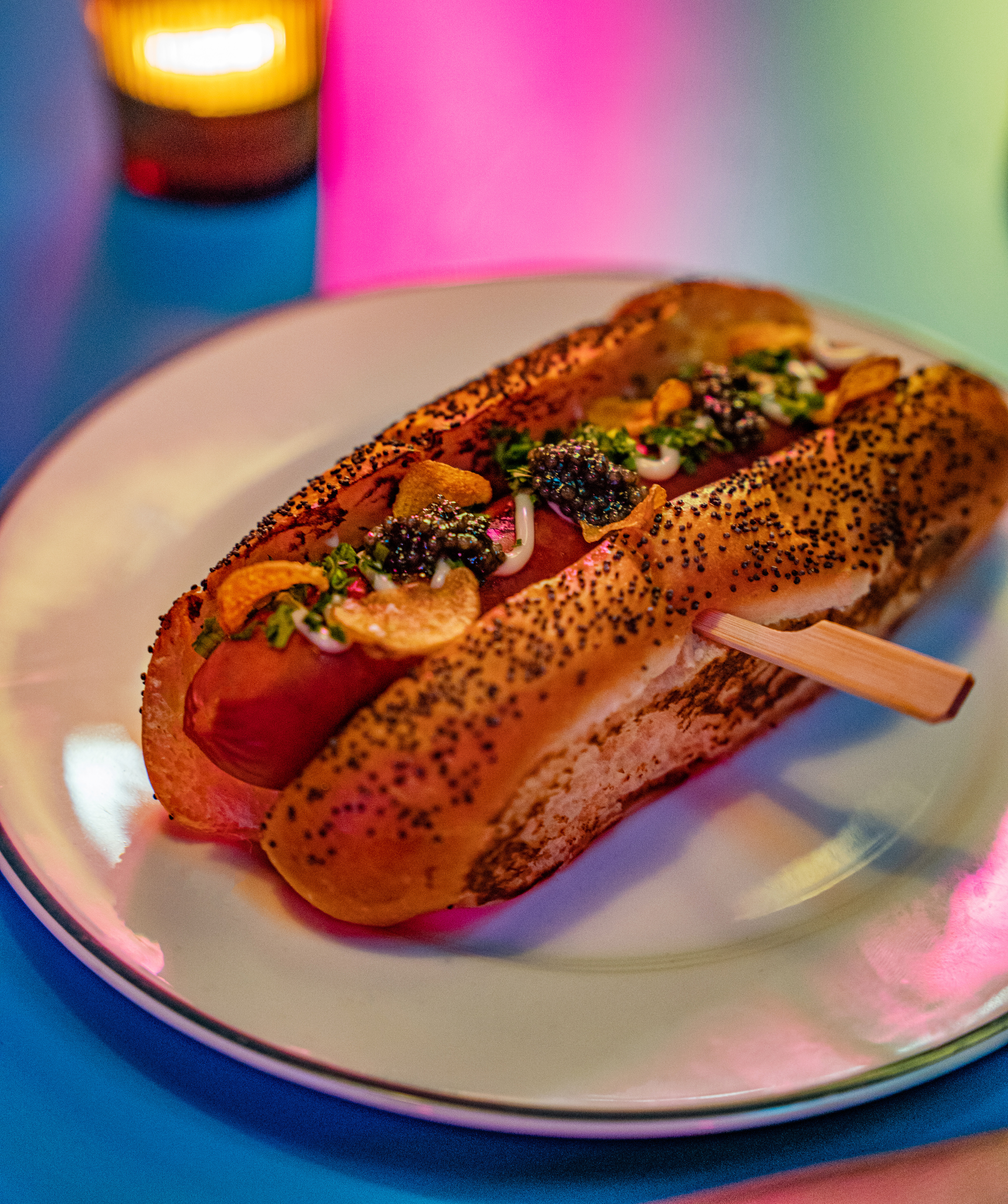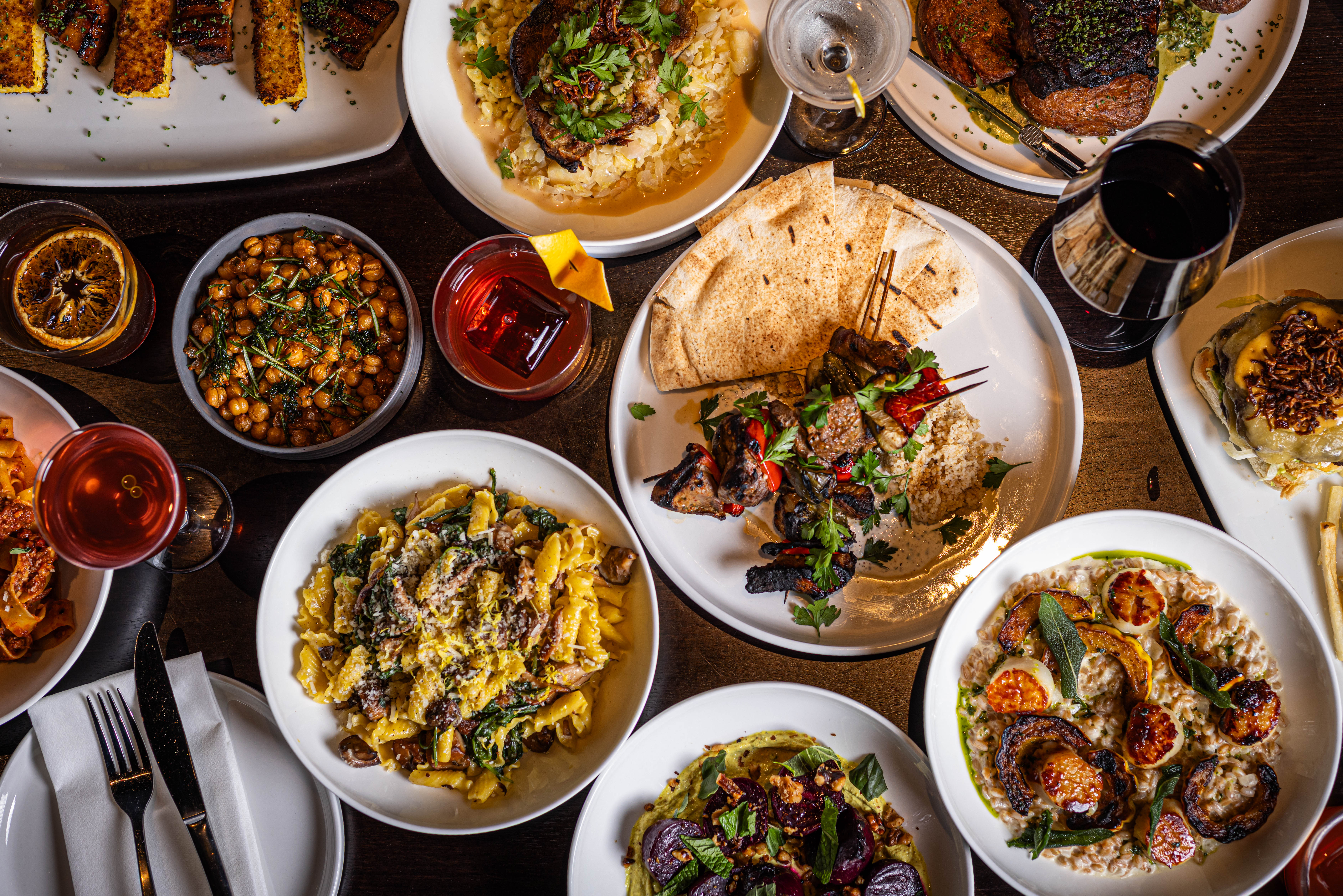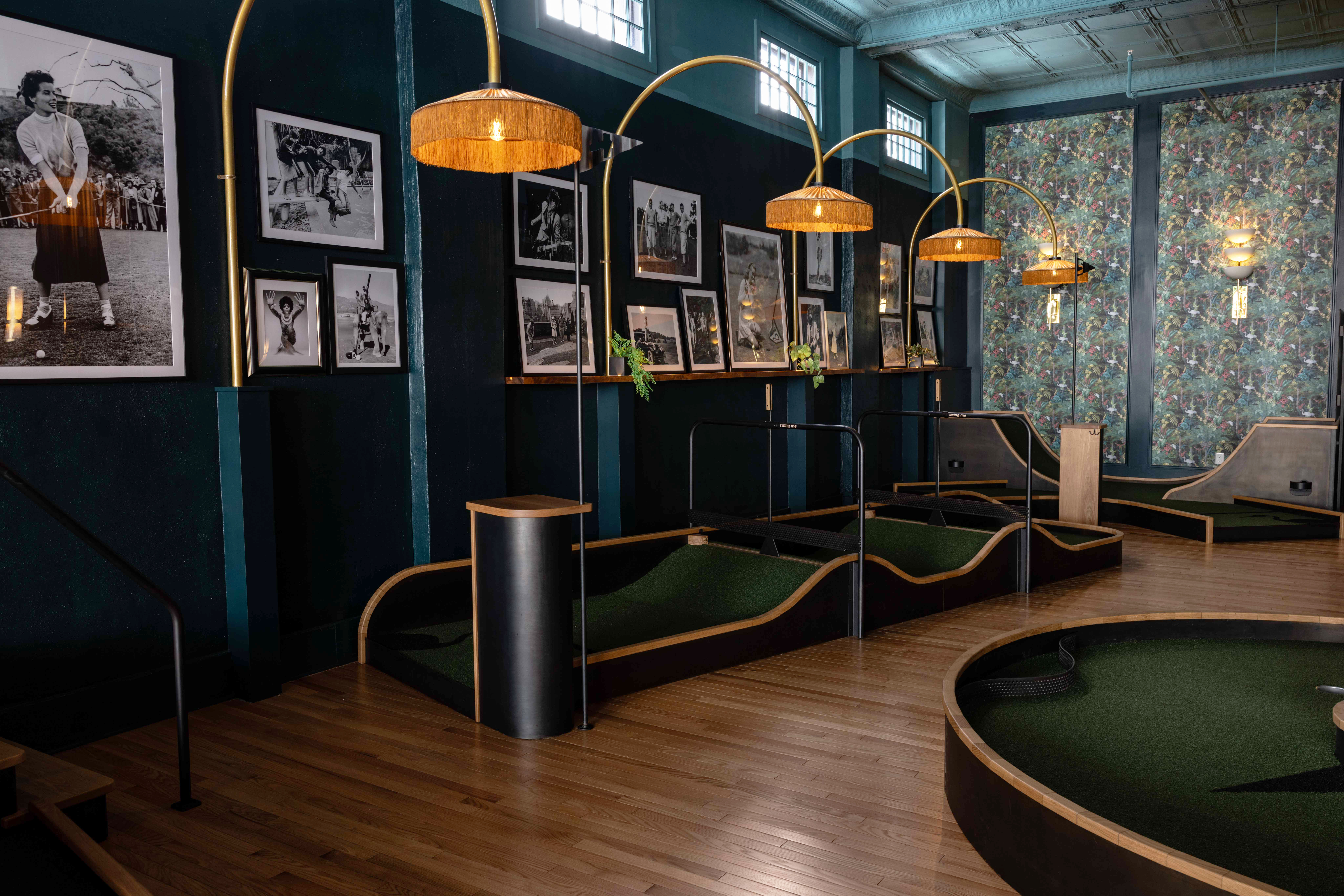We Believe in Bubbles
Sparkling Wine from Napa's Silverado region. Beemster's Incredible aged Gouda-style cheese. Winter winemaking in Ohio's Grand River Valley.
Oct. 25, 2005 | 4:00 AM
You could say they specialize in commitment, these people who know the magic that bubbles up from their part of the earth. They believe in celebration as well, so it's the perfect time of year to share what they so generously shared with us.
Schramsberg Vineyards is America's premier maker of sparkling wine known as champagne if from France's Champagne region and they're celebrating their 40th anniversary. The result of the perseverance of two young couples living a century apart, the Davies family's wines are as remarkable as their story. You'll believe in bubbles.
The Beemster. It's not a car, nor a new music download program. It's our nickname for the magnificent Dutch cheese featured in this issue's Choose the Cheese. Beemster is a celebration of ingenious accomplishments dating back to 1609 in The Netherlands. The cheese is unforgettable. Then, for all beer fans and curious onlookers, check out Counterpint, our case for beer in a wine magazine. Tim Mills has some bubbles full of terroir.
Talk about going to extremes, read about the Ferrante family's award-winning ice wine from nearby Geneva. Ice wine is our Lake Erie signature wine and it's no longer only about elegant Vidal Blanc Ice Wine. See what Nick Ferrante has up his sleeve for this year's vintage.
Have we got the easy and elegant famous chef party recipes for you in our Chef Two Chef! If you do nothing else in the kitchen in 2006, we insist you resolve to try the soufflÈ. Nope, we're not nuts; this dish is simple and a party in itself. We high-fived each other at the photo shoot when both of our cheesy soufflÈs came out of the oven, all poofy and ready to be photographed. After we tasted it, anyone who didn't own a soufflÈ dish ran out and purchased one.
And just in case you think we're not serious about celebrating, our cover artwork reminds you that even a frog will take a night off to make merry! The sculpture, ìRiddler's Night Outî is found at Schramsberg Vineyards. The riddler here is the craftsman who rotates the thousands of bottles, just as it's been done for centuries in the champagne caves of France.
Join us at Table Two. We'd like to wish you the happiest of holidays, a wonderful New Year and many days and nights of well-deserved celebration!
The road has not lost its intrigue, even after 140 years. More than a mile-and-a-half long and winding its way uphill through woods filled with redwood trees, we were headed up the entrance drive to Schramsberg Winery, the pioneer producer of premier American sparkling wine. The historic property was built on Diamond Mountain in Napa's Silverado region back in the prospecting, railroad and mining days of the 1800s.
It was easy to wonder what kind of mind even thinks "There's wine up in these hills," when everyone else was dreaming about gold and silver.
We found the answer in the story of two young couples. Though they lived a century apart, their stories are remarkably parallel. The first family brought the wine to the mountain. The second brought the sparkle.
The legacy begins with Jacob Schram, a German immigrant who arrived in New York at age 16. Upon mastering the barbering trade, he journeyed to Napa Valley in 1852, settling in the town of St. Helena. Schram married in 1859, and while continuing to barber, he longed to be part of the valley's new effort that many of his German neighbors, including Charles Krug, were exploring: winemaking. In 1862, Jacob and his wife Annie purchased a large piece of land on the hillsides of the valley and the two began the immense task of clearing the woods for the first winery on Diamond Mountain.
Fortune was with them. They were eager to learn, the valley's winemakers were willing to share experiences and the market was there. The Schram's initiative coincided with the phylloxera epidemic that was devastating the vineyards of Europe. Chinese laborers who had finished laying the last rail of the Transcontinental Railway were also hunting for jobs. With Annie Schram overseeing the project while her husband researched winemaking, the workers tunneled an amazing two-mile network of underground caves into the soft, volcanic rock hillside.
The fledgling winery prospered, with England getting much of their wine. More good fortune came with an unexpected visitor. Scottish writer and wine lover Robert Louis Stevenson happened upon the entrance roadway while honeymooning in 1880. The road emerged from the wood as it still does today, at the Schram's grand Victorian house, adjacent to the entrance of their wine caves. So smitten was Stevenson with Jacob's wine that he devoted an entire chapter of his book Silverado Squatters to the winery.
The pioneering Schram eventually brought production to more than 25,000 gallons a year and is regarded as one of the first barons of the valley. After his death in 1905, the historic property endured different owners, Prohibition, the Depression and World War II, but it never thrived as it had under its founder.
It was hard to believe the place had another pioneer in its destiny, but something was bubbling.
In 1965, a second young couple, married just five years, came up the wooded drive in Napa Valley. Jack and Jamie Davies were determined to create a business together and felt it would have something to do with wine, but they also had never made a living from the land. Nevertheless, when they saw the abandoned property, the pair sensed the same destiny as the young Schrams had a century earlier. As the Davies put it in their book Sparkling Wines, "the spirit of its founder was strong and compelling."
Purchasing the old Schram estate, the couple set out to make the first California premium sparkling wine made in the method of Champagne (see sidebar, page 6). How farfetched was their quest for elegance? There was not even a reliable source of grapes for their dream. In all of Napa in 1965 there were fewer than 50 acres planted to Chardonnay one of the two main grapes from which champagne-style sparkling wine is created.
The pioneers got a helping hand when Robert Mondavi agreed to trade 500 gallons of his Chardonnay wine in exchange for five tons of Riesling grapes the couple had purchased. Although certainly a stretch, a successful sparkling wine venture would be good for the entire valley.
In the day the Davies discovered their first batch of 3,000 bottles had no gas forming in the second fermentation (and so, no bubbles), famed winemaker Andre Tchelistcheff pulled up to their winery, unsummoned. The Davies wrote that "he had just been driving by and something had told him to drop in and see how we were doing." Tchelistcheff explained that the solution was in riddling (see sidebar). Jack and Jamie enlisted the help of a master riddler who had worked in Ohio's champagne industry, when we still made sparkling wines in the traditional method.
Next, only a few years into their sparkling wine quest, the couple received a phone call from the U.S. State Department requesting they ship 13 cases of their 1969 Blanc De Blanc sparkling wine to an Air Force base. Unknown to them at the time, their wine had been chosen for the banquet with the historic 1972 "Toast to Peace" in Beijing, between President Richard Nixon and Premier Chou En-lai. Since then, Schramsberg wines have been served by every presidential administration.
Laurent Sarazin, sales and marketing director for Schramsberg and our host for the day, remarked how rare it is for one to be a pioneer at both the beginning and the end of an era. Jamie Davies and her late husband were the first producers of premium sparkling wine made in the traditional method, with handcrafting throughout the process. Today, many wineries are automating much of the process. Schramsberg, on the other hand, is making some of their best wines ever, still using the long-established method. The family business is celebrating its 40th anniversary this year, with son Hugh Davies now guiding the legacy forward as president and winemaker.
"You must realize this is more than a beverage," explained Sarazin as we dined in the caves, candlelight reflecting on the walls created by the bottles resting upon each other. "We become part of lives, part of events. People share those memories with us all of the time." His thoughts echoed Robert Louis Stevenson, who wrote about the enduring character of his host's wines a hundred years earlier. "For a bottle of good wine, like a good act, shines ever in the retrospect."
And just as a famous chapter was devoted to the Schram era, their modern-day counterparts are likewise honored. Wine historian Nathan Chroman described the Davies' achievements by saying, "Some producers will earn a paragraph in the history of sparking wines in California. The coming of the French will need a page. But it will merit a chapter to spell out what Jack and Jamie have done here."
Cheers then, we say. Bubbles for all to those who brought the wine and to those who made it sparkle.
Trending
-
1
-
2
-
3
-
4
-
5





